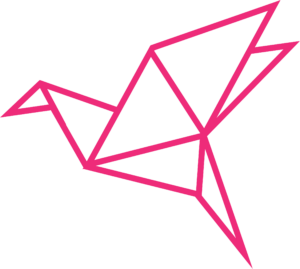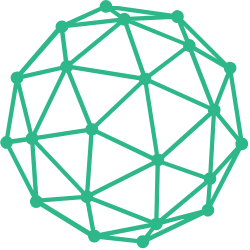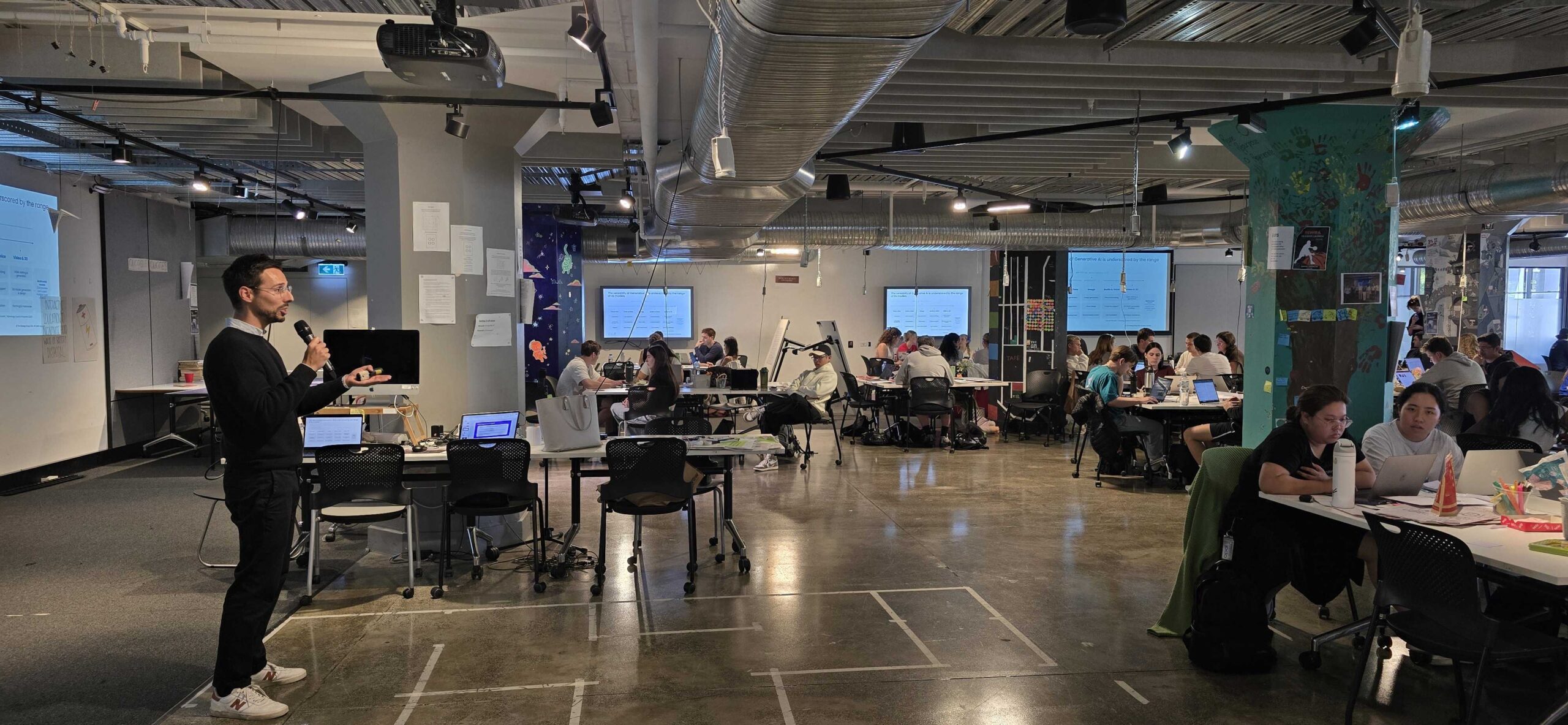Innovation is often stimulated by a burning platform – a key driver that triggers change. For Cerebral Palsy Alliance, this was the advent of the National Disability Insurance Scheme (NDIS). This necessitated a fundamental change in the structure of the organisation, from a charity whose fundraising efforts were bolstered by government funding to a social enterprise that has a commercial lens on how to do business while maintaining a social impact mission.
What Cerebral Palsy Alliance learned is that innovation is not a one-time transformation but that, having an innovation strategy and structuring the organisation around this strategy, fosters an innovative environment in which the organisation can continue to thrive.
A three-pronged innovation strategy
Cerebral Palsy Alliance has implemented a three-pronged innovation strategy comprising an internal capability for innovation in service development, Australia’s first disability-focused start-up accelerator called Remarkable, and a research arm. These three pillars are generating significant new opportunities for Cerebral Palsy Alliance.
The transformation of a charity into a social enterprise was initially a source of uncertainty but has, in fact, led to unimagined possibilities for impact.
“The NDIS gives us a fantastic opportunity now to deliver the services that make the biggest difference for families, which we may not have been able to offer in the past” – Robyn Cummins, Customer Experience and Innovation Consultant at Cerebral Palsy Alliance.
Structuring and embedding innovation at Cerebral Palsy Alliance was a company-wide initiative. “We followed three different domains of growth through innovation – getting the structure of innovation right, getting the leadership right and getting the people right” says Robyn. To embed innovation across the organisation, significant efforts to foster innovation at the foundational level were put in place. All new and frontline staff received an understanding of what innovation is, and all employees were encouraged to think about doing things differently and challenge the status quo. Implementing their first innovation strategy in 2012, Robyn says, “Innovation is now woven through every part of the organisation’s strategic plan”.
Rewards and recognition to drive innovation
Rewards and recognition are also a part of the innovation strategy. “Everyone has a core competency in their role description around innovation and creativity” says Robyn. Having these core competencies built into performance reviews highlights that this organisation isn’t paying lip-service to innovation but is recognising and rewarding those who are innovative. A peer-to-peer recognition program includes innovation as one of the four categories in which staff can be nominated.
On encouraging other NFPs to undertake an innovation journey, Robyn says, “NFPs should look beyond the scope and remit of their organisation to stay abreast of the key trends impacting not just their business but the broader external environment.”
Having a defined innovation strategy will guide the organisation on how to stay ahead of those trends.
“You can’t move forward by doing things the way you’ve always done them.” says Robyn.
Cerebral Palsy Alliance are among the top five most innovative not-for-profits in the 2017 Innovation Index Report.












